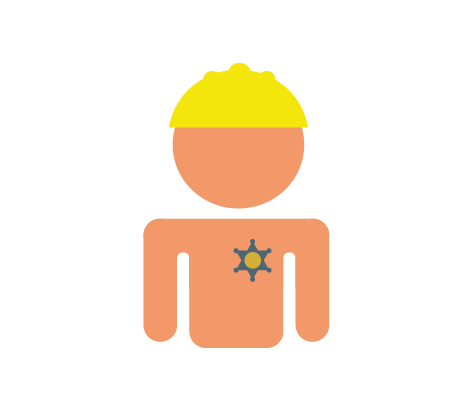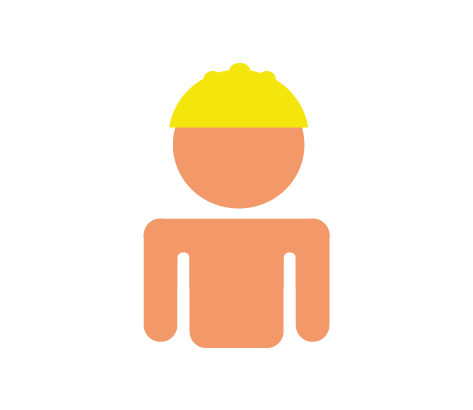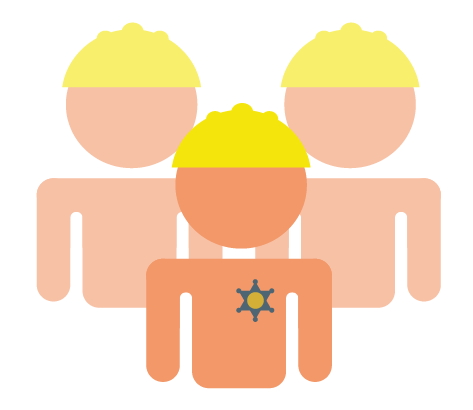The P4 framework divides its organizational and management structure of product development into three areas:
Technology and Architecture
The technical roles of the different levels are responsible for the used and new technologies, as well as the architecture of the developed systems, i.e. the breakdown into Functions, Modules, Components and interfaces. They communicate with the stakeholders in this area: suppliers, the supply chain and production .
Within the Working Team , the Team System Engineer has the role of moderating and driving technical decisions and, when in doubt, making decisions. He is not “above” the Working Team, but is, so to speak, the “first among equals” (Primus inter paris).
The Team System Engineer of a team represents the technical expertise and responsibility of his team in groups and committees, as well as in the coordination between the teams. As a representative of its Working Team, it estimates, for example, the Cluster Backlog Items together with the Team System Engineers of the other teams in the cluster.
Within the Team System Engineer Group , the Cluster System Engineer has the role of moderating and driving technical decisions and making decisions when in doubt. He is not “above” the Team System Engineer Group, but is, so to speak, the “first among equals” (Primus inter paris).
The Cluster System Engineer of a Cluster represents the technical expertise and responsibility of its cluster, in groups and committees, as well as in the coordination between the Clusters. As a representative of its Team System Engineer Group, it estimates, for example, the Portfolio Backlog entries together with the Cluster System Engineers of the other Clusters.
Within the Cluster System Engineer Group , the Portfolio architect has the role of moderating and driving technical decisions and, when in doubt, making decisions. He is not “above” the Cluster System Engineer Group, but is, so to speak, the “first among equals” (Primus inter paris).
The Portfolio architect represents the technical expertise and responsibility of the organization in the organizational management group vis-à-vis the Portfolio Owner and the organizational Scrum Master in order to achieve a global balance between the topics.
\r\n
Further suitable links:



